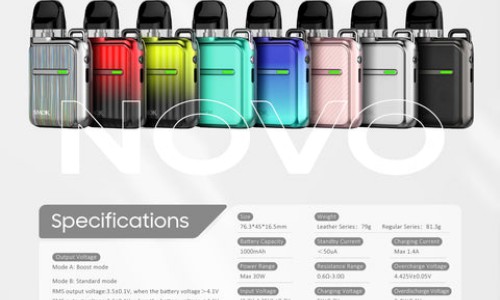
Олон нийтийн газар вап хийх боломжтой юу?
Understanding Vaping Regulations in Public Spaces
The landscape of vaping regulations is continuously evolving as the popularity of e-cigarettes and vape pens increases. The permissibility of vaping in public places varies markedly across different regions, highlighting a patchwork of local and national laws. Understanding these regulations is essential for vapers and non-vapers alike, as they aim to navigate public environments safely and respectfully.
1. Number of Countries with Vaping Restrictions
Globally, over 50 countries have enacted specific laws to regulate vaping in public spaces. These range from outright bans to designated areas where vaping is permitted. Countries such as Australia, Brazil, and India have made stringent regulations against vaping in almost all public areas, reflecting health concerns related to nicotine consumption and potential secondhand exposure.

2. Percentage of States with Public Vaping Bans in the US
In the United States, approximately 35% of states have implemented laws that restrict vaping in public places. States like California and New York are at the forefront of these regulations, prohibiting vaping in many indoor public areas, including restaurants, bars, and workplaces. The legal landscape across state lines can differ significantly, leaving vapers to research local laws to avoid potential fines.
3. The Role of Local Governments in Vaping Regulations
Local governments play a crucial role in regulating vaping. More than 80% of major cities have introduced ordinances that limit vaping in public areas. Cities like Chicago and San Francisco have taken a proactive stance, aligning their laws with tobacco regulations, restricting vaping in parks, public transportation, and certain outdoor venues. The decentralized nature of regulation means that vapers must remain informed about local guidelines to ensure compliance.
4. Impact of Vaping on Public Health Perceptions
Research indicates that about 70% of the general population views vaping as just as harmful as traditional smoking. The continual debate concerning the health implications of vaping has influenced public perception and policy-making. Health organizations champion caution, and local governments often respond with regulations aimed at minimizing exposure to secondhand vapor.
5. Designated Vaping Areas
A growing number of establishments, including bars and restaurants, have begun to create designated vaping areas. Approximately 25% of businesses in urban areas have made accommodations for vapers, allowing them to enjoy their products without infringing on the rights of non-vapers. This trend not only promotes a respectful environment but also acknowledges the rights of those who choose to vape.
6. Age Restrictions and Vaping Legislation
The age restrictions associated with vaping tend to align closely with those regulating traditional tobacco use. In many jurisdictions, the legal age for purchasing vaping products is 21 years, consistent with laws prohibiting underage smoking. This regulation is part of broader public health strategies aimed at reducing youth access to nicotine products, and states with stricter controls typically see lower rates of adolescent vaping.
7. The Future of Vaping Regulations
As perceptions of vaping continue to evolve, regulatory frameworks are likely to see further changes. An estimated 60% of policymakers are contemplating more stringent regulations in response to public health data and advocacy efforts from non-profit organizations. This could potentially include more comprehensive bans on public vaping, restrictions on flavors, and tighter controls over marketing strategies aimed at young people.
Conclusion
Vaping in public places is governed by a complex set of regulations that vary widely between countries, states, and municipalities. As more jurisdictions introduce laws aimed at public health and safety, both vapers and non-vapers must stay informed about local regulations to navigate public spaces respectfully. The ongoing dialogue regarding the health implications of vaping underscores the necessity for balanced policies that consider both the rights of individuals to use these products and the health concerns of the wider community. The future of vaping regulations remains uncertain, but heightened scrutiny and public interest will undoubtedly shape the landscape in the coming years.


